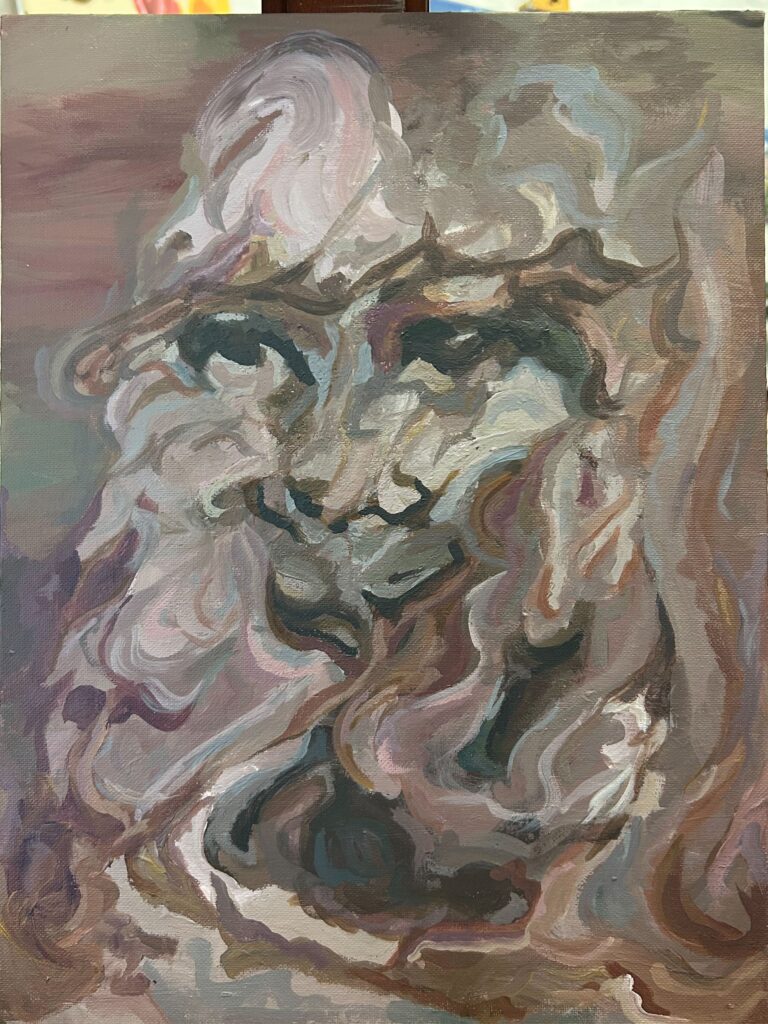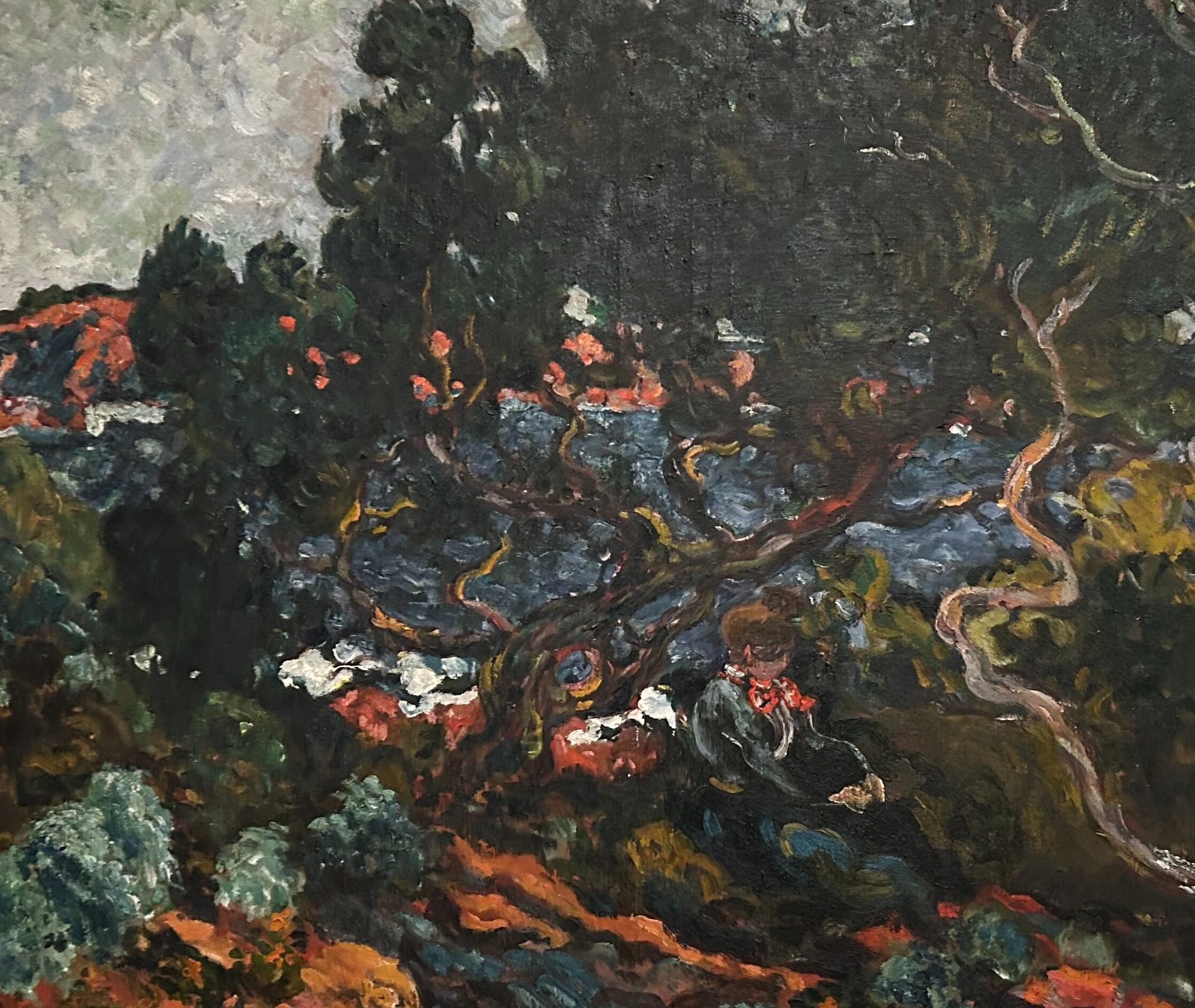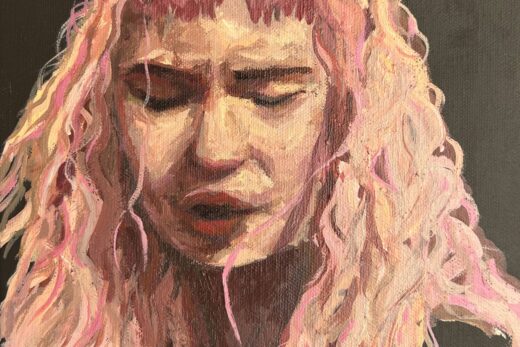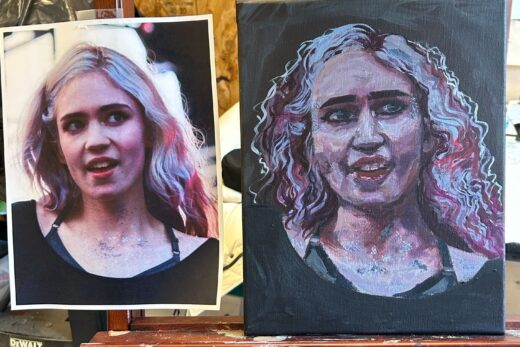Hi all! I am excited to be back from winter break with a bunch of new knowledge that I picked up on my travels – some highlights coming from the Van Gogh and Rijksmuseum in Amsterdam and the Alte Nationalgalerie in Berlin. In this post, I’m going to share some paintings that I saw and how I’ve learned/how they will hopefully inspire my work in Elements Project Two: Line.
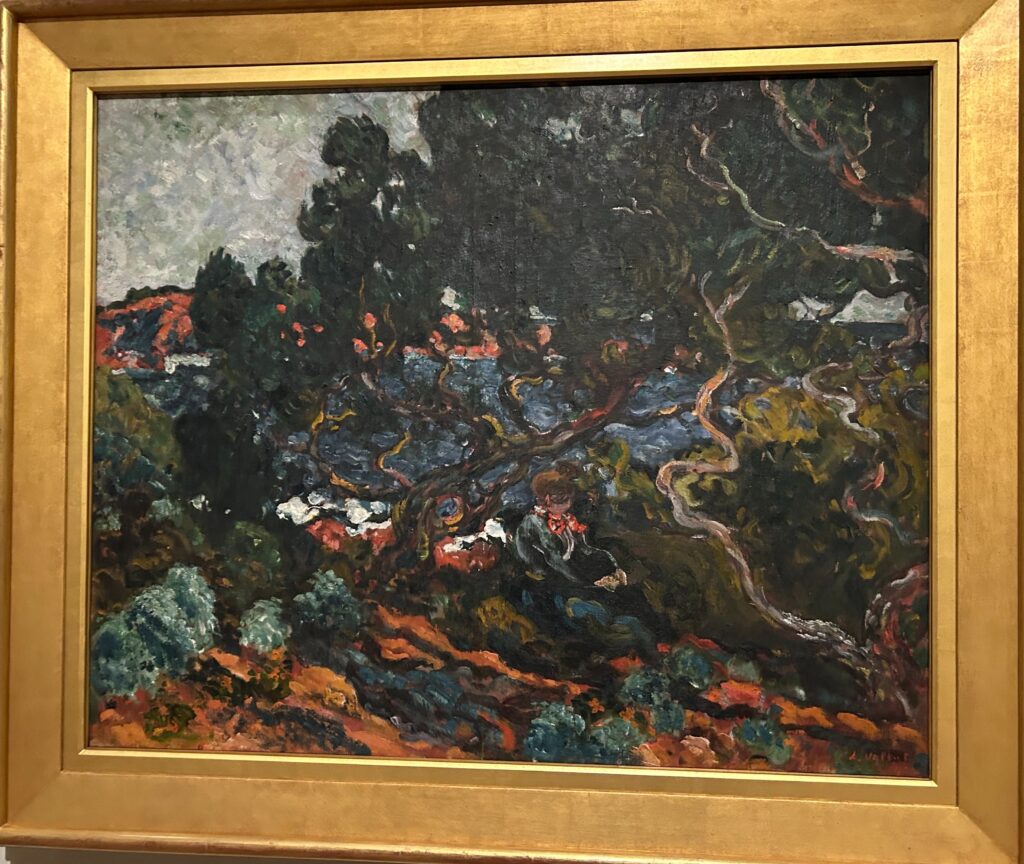
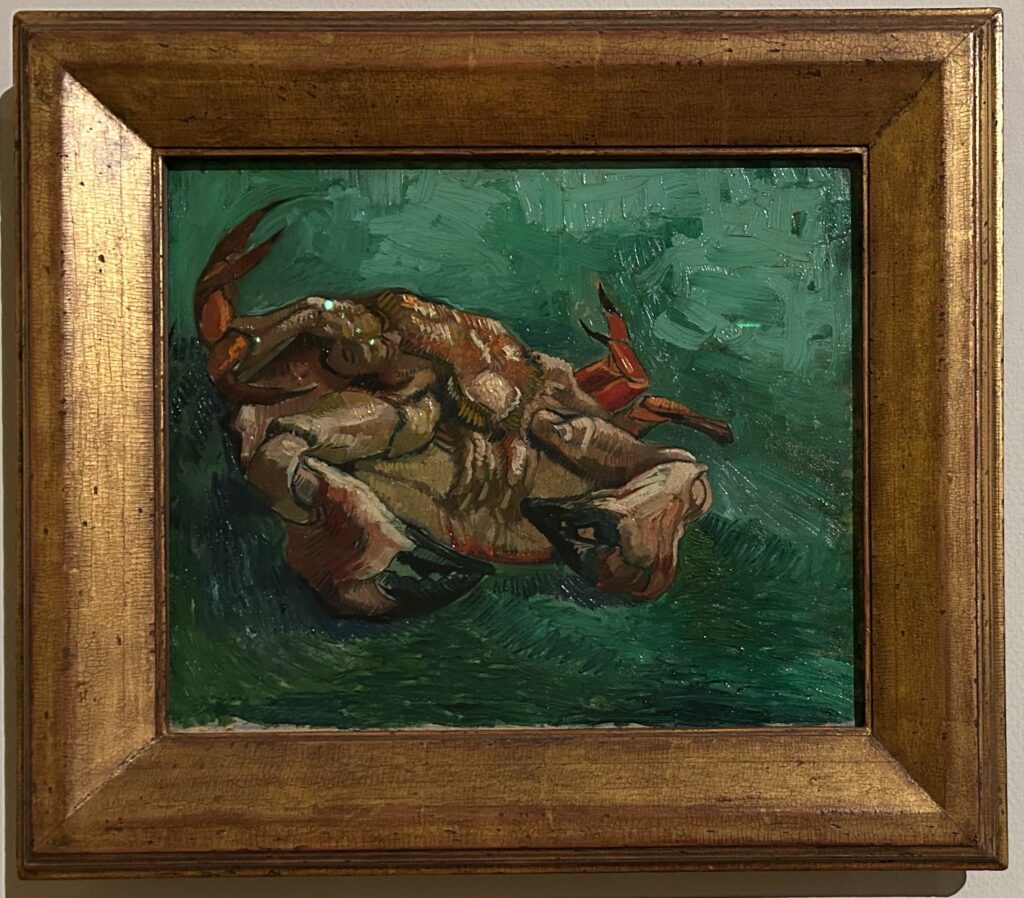
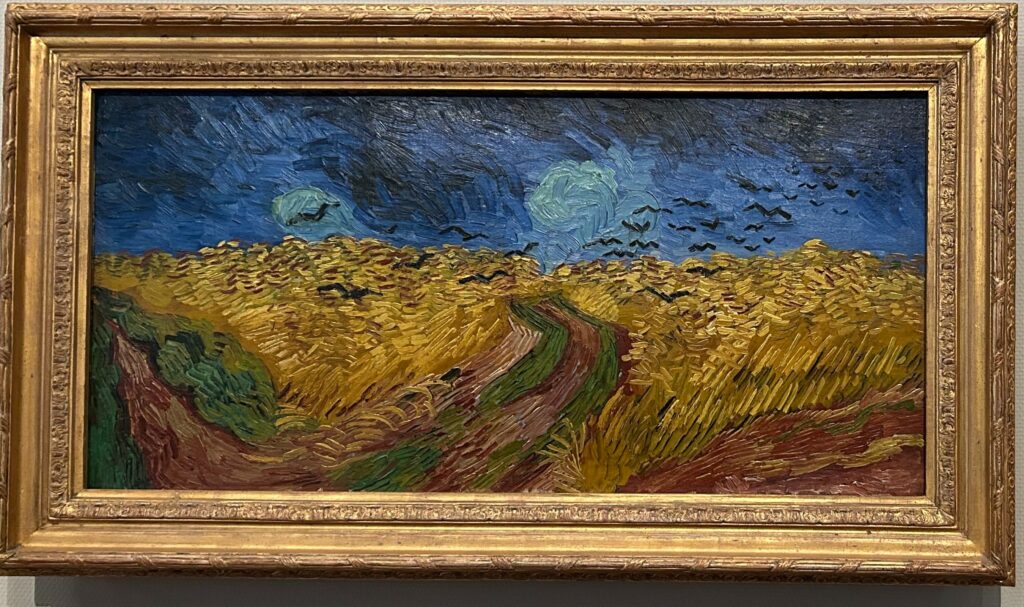
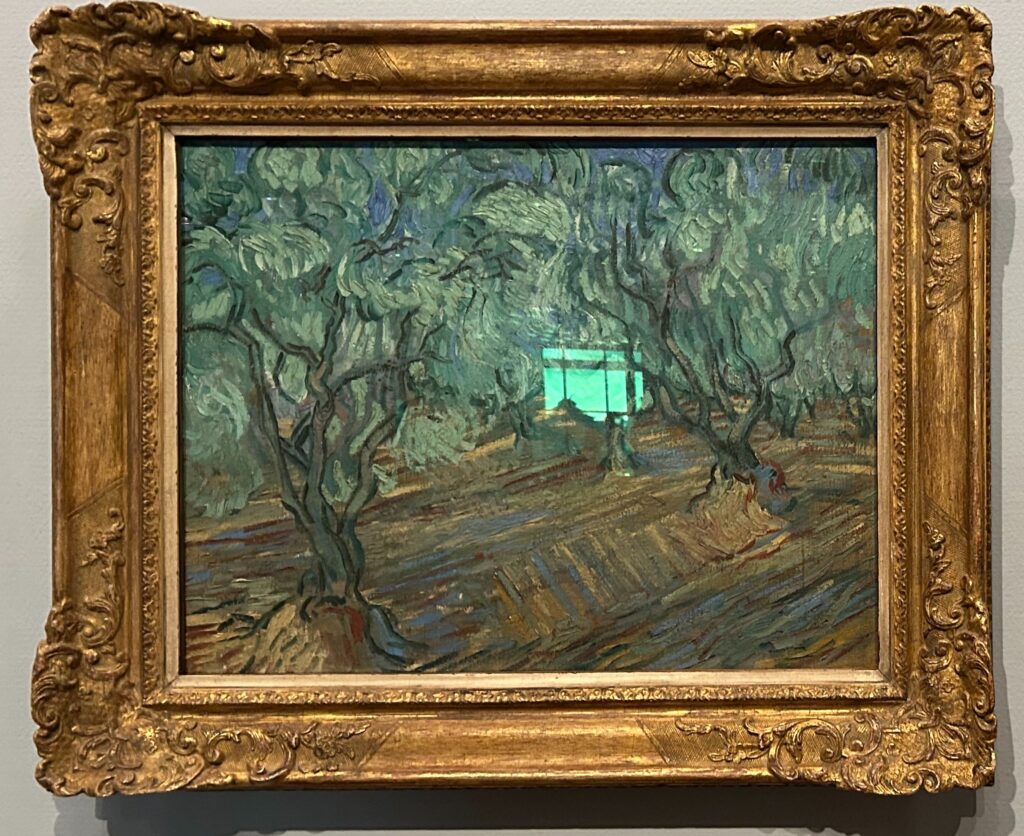
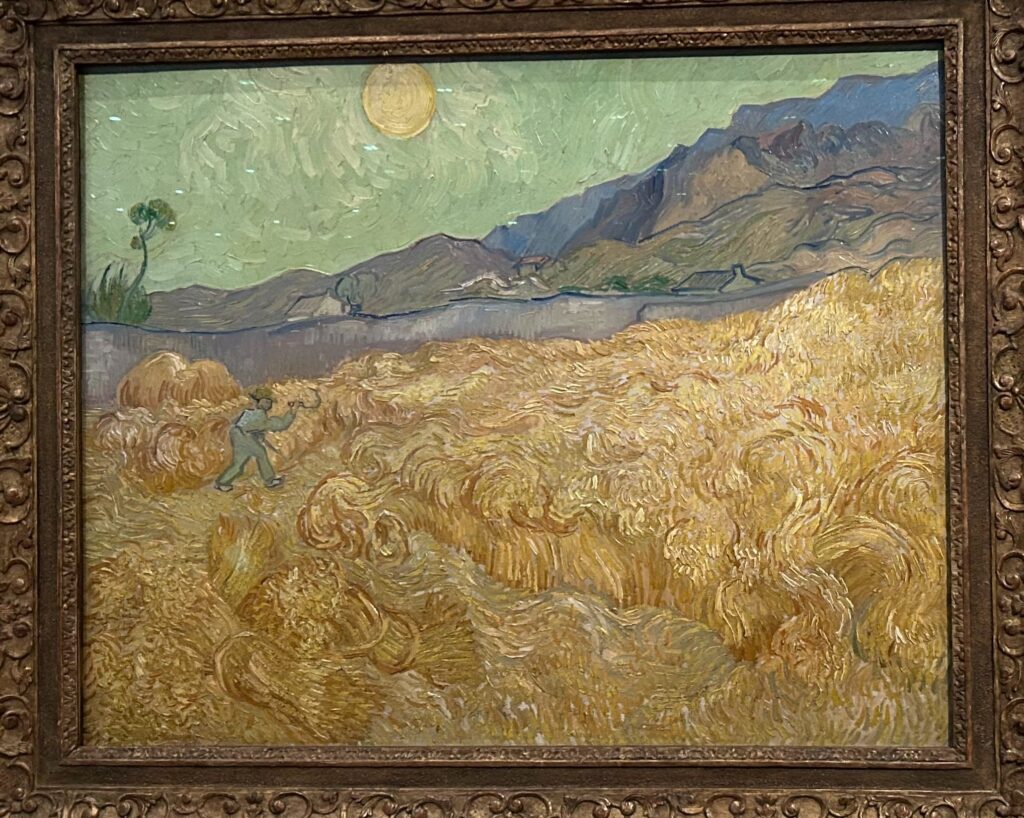
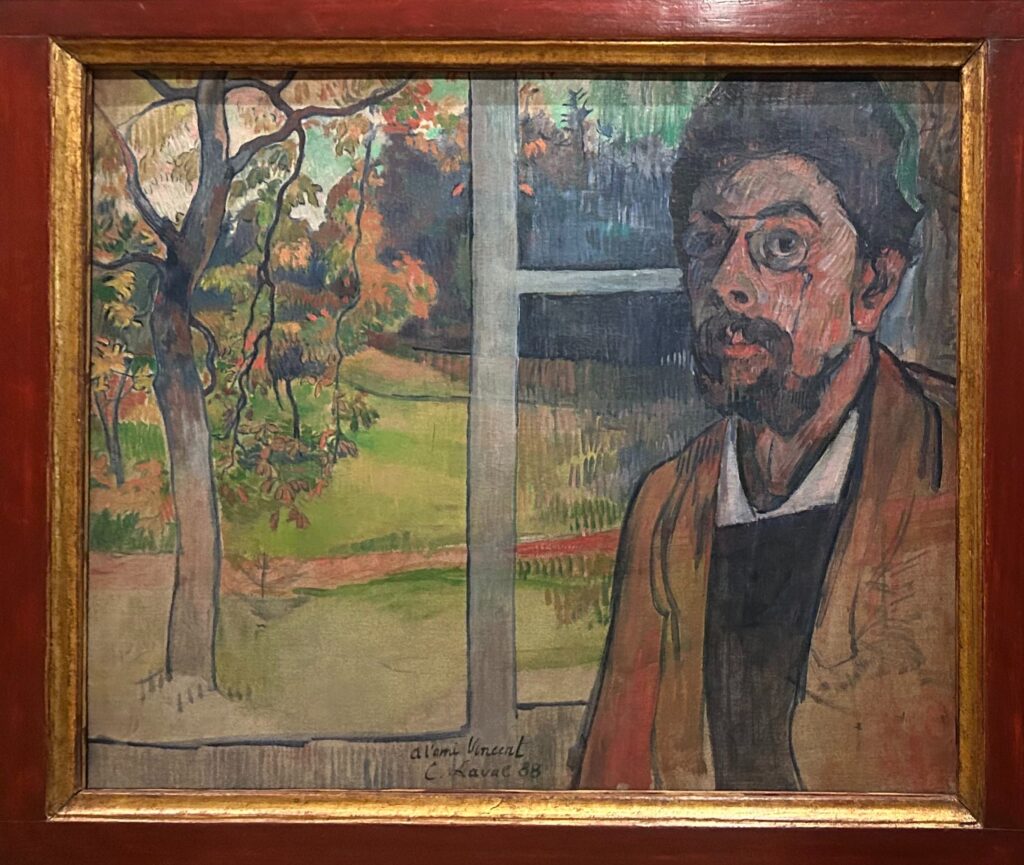
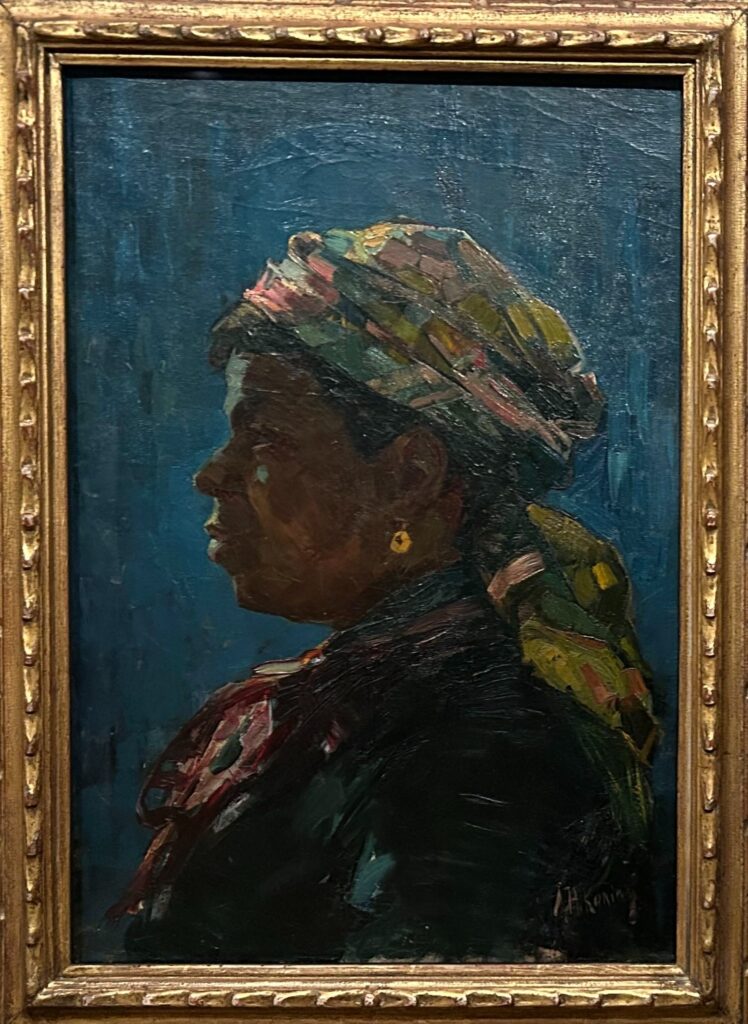
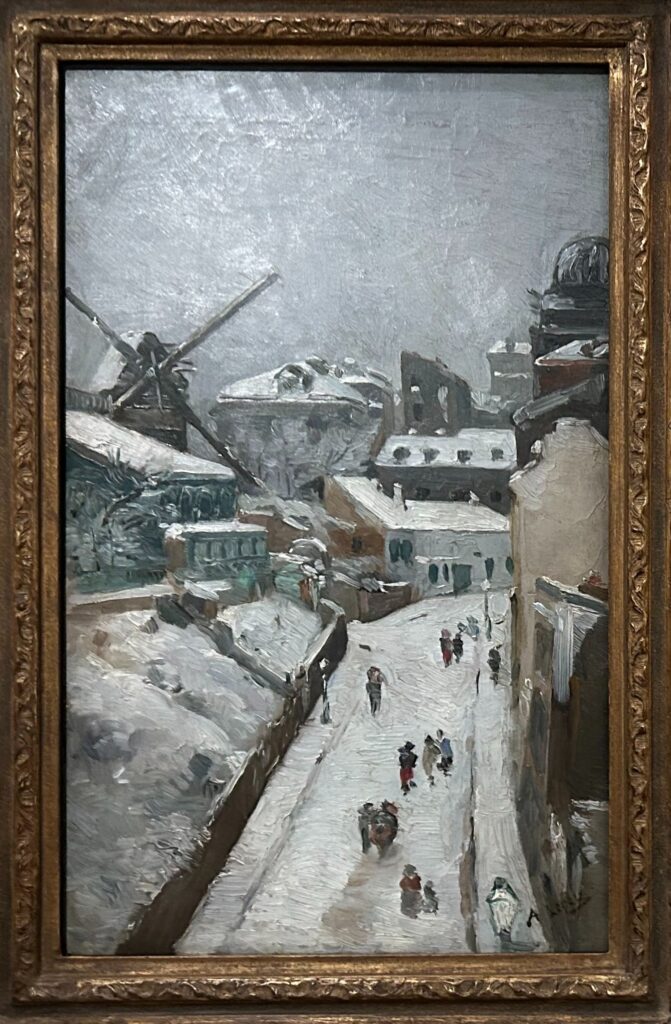
These are from the Van Gogh Museum in Amsterdam, Netherlands. From left to right top to bottom:
- Louis Valtat, Red Cliffs near Anthéor, 1903
- Vincent Van Gogh, A Crab on its Back, 1887
- Vincent Van Gogh, Wheatfield with Crows, 1890
- Vincent Van Gogh, Olive Grove, 1889
- Vincent Van Gogh, Wheatfield with a Reaper, 1889
- Charles Laval, Self-Portrait, 1888
- Arnold Koning, Profile of a Woman, 1887-1888
- Auguste Lepère, Montmartre in the Snow, 1976-1977
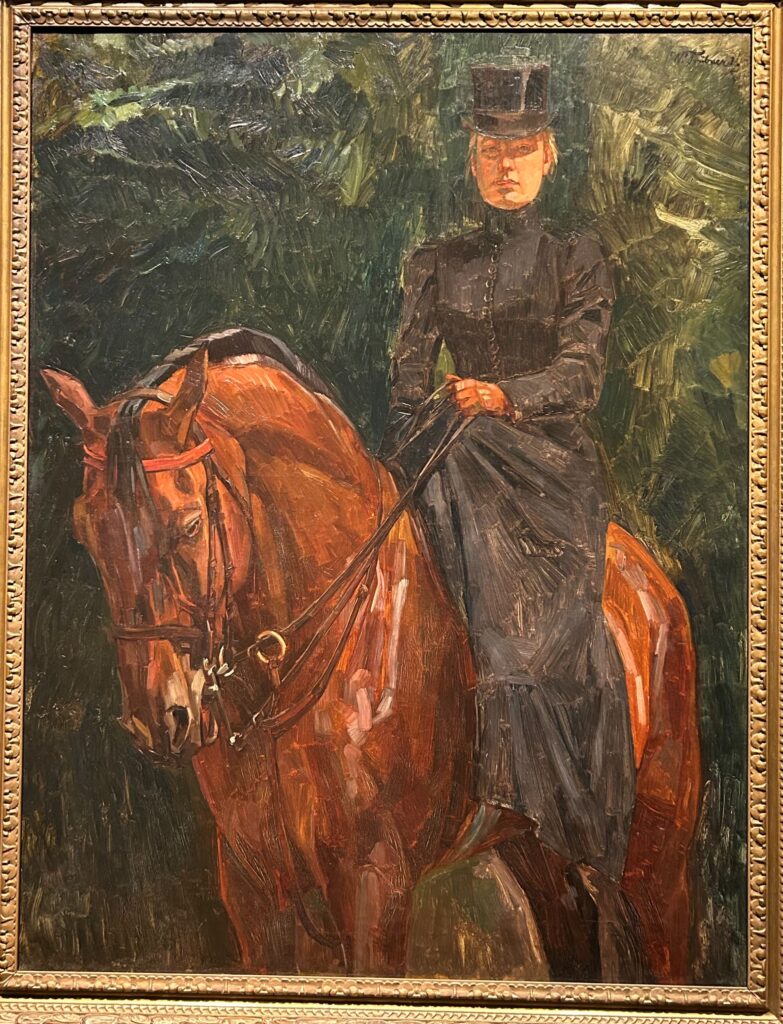
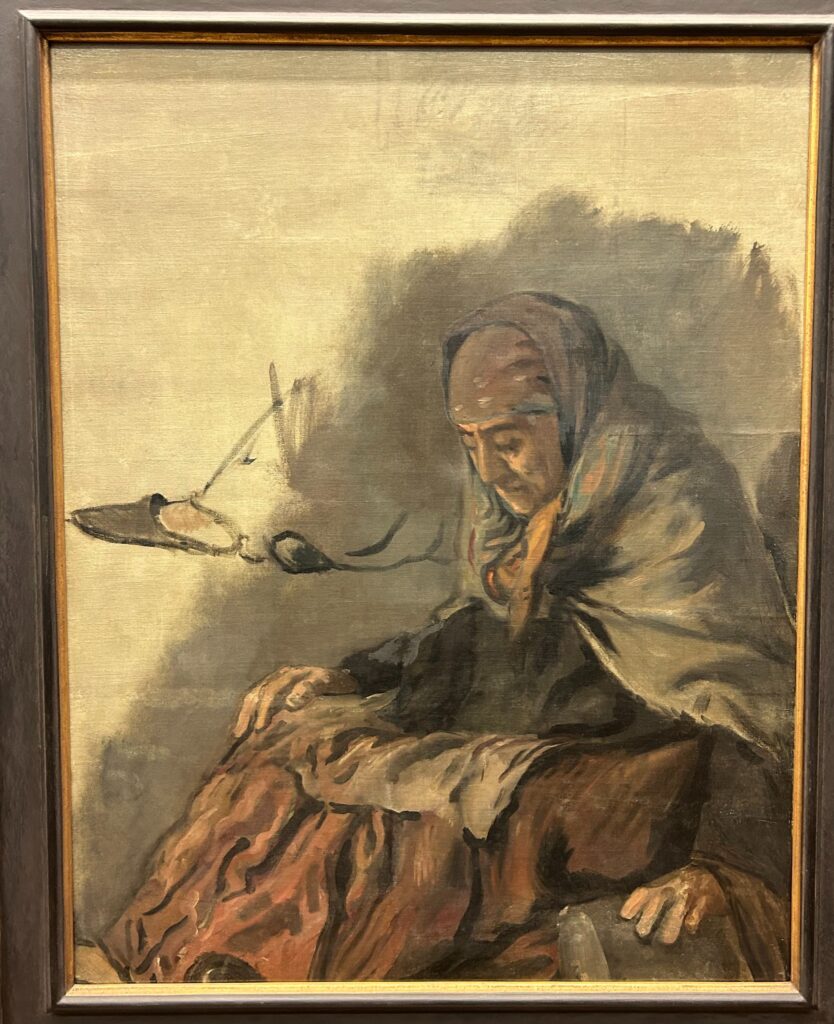
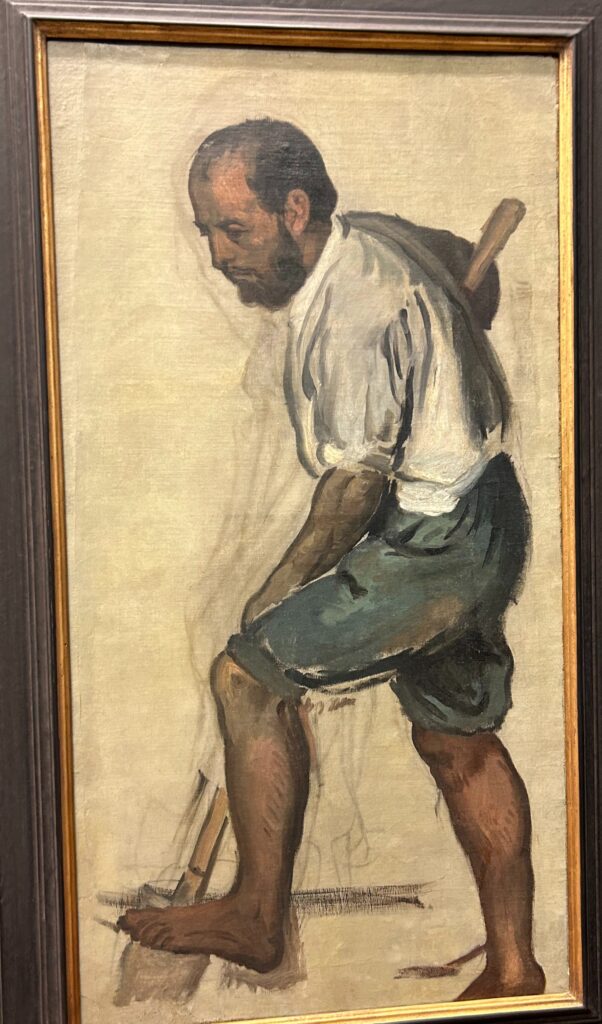
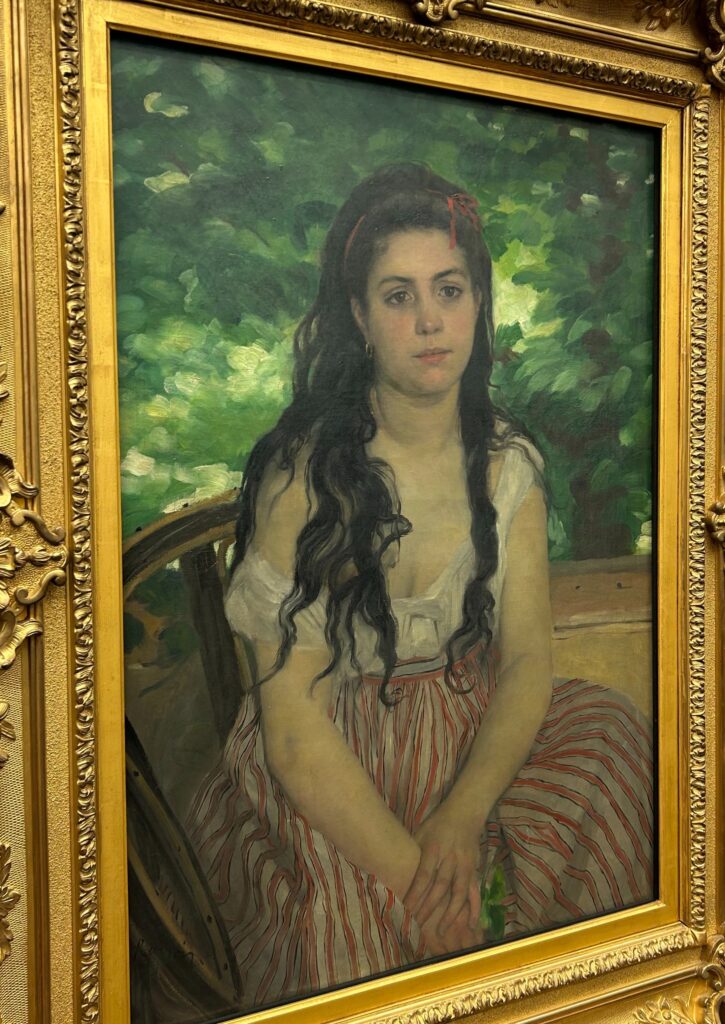
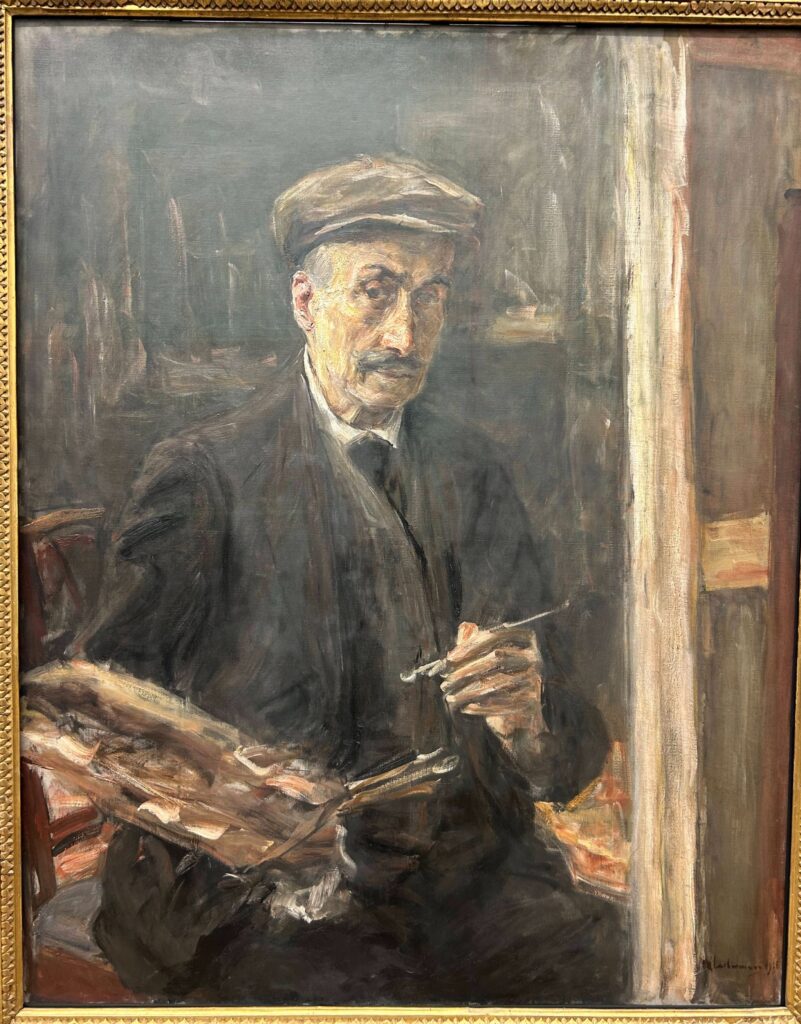
These are from the Alte Nationalgalerie in Berlin, Germany. From left to right top to bottom:
- Wilhelm Trübner, Equestrian Portrait of Ida Görz, 1900/1902
- Hans von Marées, Old Woman Selling Oysters, 1873
- Hans von Marées, Man Digging, 1873
- Auguste Renoir, Summer, 1868
- Max Liebermann, Self-Portrait with Sports Cap at the Easel, 1925
What sticks out to me in all of these pieces are three main things:
- The visibility of brush strokes
- ex) Trübner (background), Renoir and Koning
- Using varying directions of line to create space and texture
- ex) Lepère, Laval, and Van Gogh’s Olive Grove, Wheatfield With Crows and Wheatfield with Reaper
- Natural, sketched feeling as organic brushstrokes guide the composition
- ex) Liebermann, Valtat and Marées’ Old Woman Selling Oysters and Man Digging
One of my favorite things I noticed were the similarities between Louis Valtat’s swirly and animated style (which I had never seen before) in Red Cliffs near Anthéor and my last composition. I could use For reference, I’ve put the two next to each other below.
